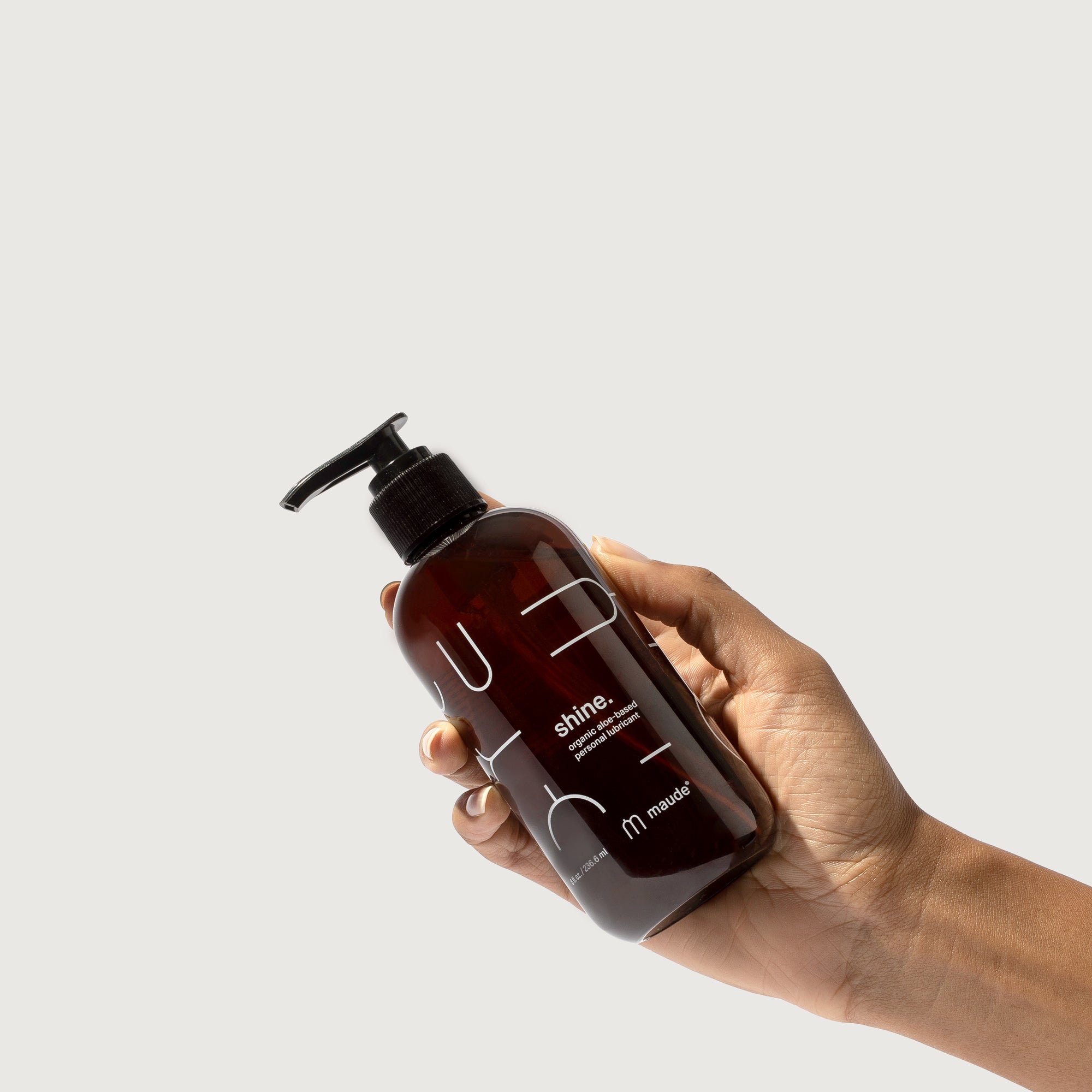Why Sex Is Painful for Some Women.

Pinning down the root cause is the first step to a solution.
Unless you’re dipping your toes into the world of BDSM, sex should not feel painful. But for many people with vaginas, it can be all too common. According to a 2014 study, anywhere from 10 to 20% of women in the United States experience dyspareunia—recurrent and persistent pain that comes along with sexual activity. As Women’s Healthcare of Princeton explains, this pain may be felt in the vagina, but can also occur in the pelvic region, uterus, or even the lower back. It might occur during sexual penetration or it might develop post-coitus. Dyspareunia is one name for pain that can be experienced in a wide range of ways.
Dyspareunia can have a drastic effect on a person, impacting mental and physical health, as well as relationships. But the good news is that it’s typically treatable, and not necessarily a condition that becomes chronic.
Infections
Some causes are themselves fairly common, according to Harvard Health Publishing. UTIs, yeast infections, and STIs can all make sex uncomfortable, but with a good antibiotic, these root causes can be managed. Vaginal dryness, which is often a side-effect of pre-menopause and menopause, and atrophic vaginitis, a thinning of the vaginal lining in postmenopausal patients, can also contribute to pain—but the use of lubrication can help, or, in the latter case, estrogen therapy may be recommended.
Pelvic inflammatory disease
STIs like gonorrhea and chlamydia can lead to more chronic pain-causing issues, like a pelvic inflammatory disease—an infection of the reproductive organs. There isn’t a test to diagnose PID, unfortunately, but a doctor can diagnose it based on some symptoms, according to the Centers for Disease Control and Prevention: fever, pain during sex, bleeding between periods, unusual discharge, and abdomen pain. If you think you might be suffering from PID, see your doctor as soon as possible; the disease can be treated well with antibiotics if diagnosed early, but if left untreated, it can cause serious damage that can make it harder to get pregnant.
Endometriosis
Some causes are harder to solve, like endometriosis. According to Forbes, one in ten women globally experience endometriosis, but the disease remains hard to diagnose, likely because painful periods are normalized, and therefore can be dismissed as nothing out of the ordinary. Endometriosis is a condition that is largely believed to be genetic, and it affects an estimated two to 10 percent of American women between the ages of 25 and 40, according to Johns Hopkins. Those with the condition may experience excessively painful menstrual cramps and pain during sex, because of abnormal tissue growths outside of the uterus. Once it is honed in as the problem at play, minimally invasive surgery may be necessary to remove the growths.
Fibroids
Another shockingly common gynecological issue: fibroids, non-cancerous uterine growths that an estimated 70 to 80% of women will develop in their lifetimes, according to UCLA Health. That doesn’t mean that everyone who has fibroids experiences them in the same way, though. They grow at different rates and don’t always result in physical symptoms. However, they can cause pain during sex, frequent urination, back pain, spotting, heavy periods, and pelvic pain. A doctor can diagnose fibroids during a physical exam, though ultrasounds and MRIs may be needed to determine the best treatment. There are no specific risk factors for developing them, though people with vaginas who are nearing menopause are most likely to experience fibroids. Removal surgery—a myomectomy—is a common treatment.
Pelvic floor dysfunction
As people with vaginas grow older, the risk of experiencing pelvic floor dysfunction increases. This condition is associated with decreased sexual function: People may experience pain during sex, difficulty in reaching orgasm, and even a lack of desire. According to the University of Colorado’s Urogynecology department, pelvic floor dysfunction can have many causes: urinary control issues, a decrease in estrogen post-menopause, muscle and tissue atrophy, and organ prolapse. Because pelvic floor dysfunction can have so many different causes, it also has a variety of treatments, from physical therapy, to surgery, to hormone treatment.
Other physical causes
These aren’t the only potential causes, either: medication, cysts, hormonal changes, chronic conditions like arthritis or fibromyalgia, skin disorders, bacterial infection, and perineum tears (from either anal sex or childbirth) can all cause pain. Vulvodynia, pain in the vulva that lasts for three months or longer, can also be caused by a confluence of factors, including irritated nerves, long-term reactions to infections, and inflammation. Simply put, if something hurts, it’s time to talk to a doctor—and there’s no shame about that.
Psychological causes
In cases when no physical cause of dyspareunia can be pinned down, talking to a therapist can help. As the American College of Obstetricians and Gynecologists explains, the state of mind plays a big role in making sex painful. Relationship problems, anxiety, embarrassment, and other negative emotions make it harder to relax, and therefore make it harder to get aroused—which can then result in pain.
If you’re experiencing pain during sex, you’re far from alone—and the best thing you can do is speak up about it: to your partner and your doctor. No matter what the cause, some solutions can help and get you on your way to feeling good again.




